Mining museum celebrates 200 years of Davy Lamps
 Oct 18,2016
Oct 18,2016

 JLKJ
JLKJ
Mining museum
celebrates 200 years of Davy Lamps
An event is being held
to mark 200 years since the Davy Lamp transformed the safety of mining.
Until 1815, open candles were used and ignited frequent methane explosions.
Sir Humphry Davy's invention is thought to have saved as many as 500,000 lives
worldwide and is still in use today.
To mark the occasion on Sunday, Bersham Colliery in Wrexham- now a mining
museum - is inviting visitors to bring their Davy Lamps and other industrial
heirlooms along for identification.
Davy Lamp is a safety mining lamp and
work by screening the flame behind a metal mesh, wide enough to let in enough
oxygen for combustion, but too fine to allow the flame to flicker beyond the
cage.
As well as providing light, it acted as an indicator for the presence of
methane - when it would burn with a taller, bluer flame, and of a lack of
oxygen, when the lamp would be extinguished.
Alan Jones, chairman
of the North Wales Miners Association Trust, said: "Over the last two
centuries the Davy Lamp has seen countless tweaks and improvements, like the
introduction of a glass window to allow more light, but it's still the same
basic principle.
"Although modern miners cap lamp have been introduced into the coal mine today, there is still some men carrying
a Davy Lamp, because while more sophisticated electronic monitors can fail, a
Davy Lamp will always work."
But the Davy Lamp was not without teething problems.
Initially its introduction to mines actually saw a rise in accidents as miners
- and more importantly bosses - felt more confident in working parts of pits
which had previously been no-go areas.
As Mr Jones explained, many of the early problems were not so much to do with
the lamps themselves, but the way they were used.
"The earliest examples, before the glass window was introduced, emitted
very little light from behind the mesh, so miners would frequently unscrew the
cover to see what they were doing. Later models had a tamper-proof lock to
prevent this.
"Working in damp conditions the mesh would corrode and even a very small
break in the mesh could allow the flame to escape and spark an explosion."
Mr Jones said, because
of subtle changes over the years, it is possibly to identify roughly where and
when a Davy Lamp was made.
"We're not especially interested in valuing them, most are only worth
about £50 or £60, but some of the rarest and oldest examples can sell for over
£500," he added.
Another of Sir Humphry's inventions could have held the key to the illumination
problems as he was also an early pioneer of electric incandescent lighting,
although it would take almost another 100 years before electric lights became
common in mines.
He also used electrolysis to isolate several new metals such as sodium and
calcium for the first time and became an exponent of nitrous oxide or laughing
gas as an anaesthetic, so much so he ended up addicted to it.

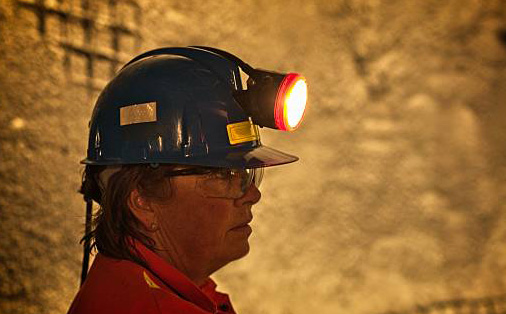






 HOME
HOME Try First Step to Boost Loading Dock Efficiencies
Try First Step to Boost Loading Dock Efficiencies  You May Also Like
You May Also Like
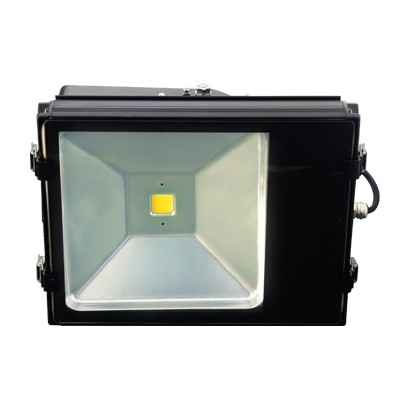



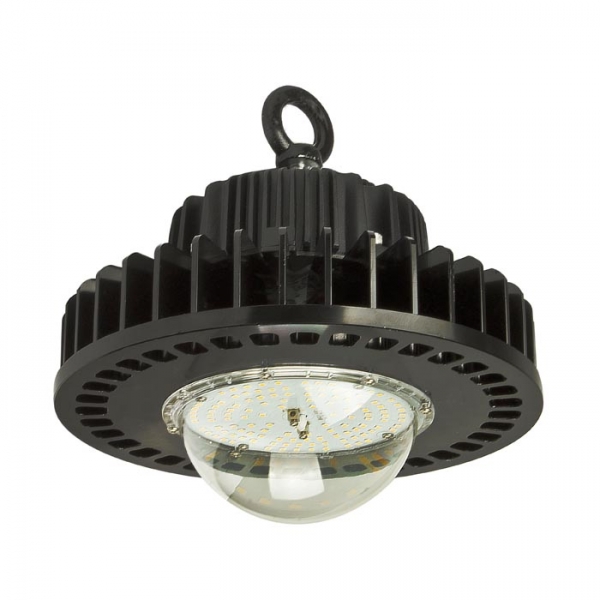






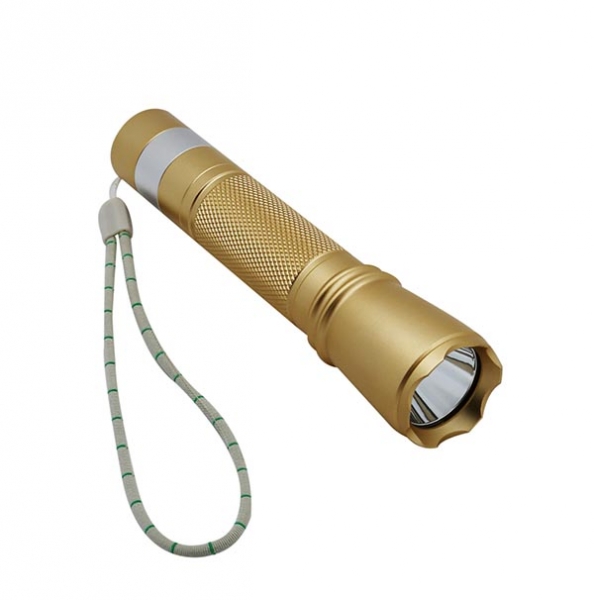
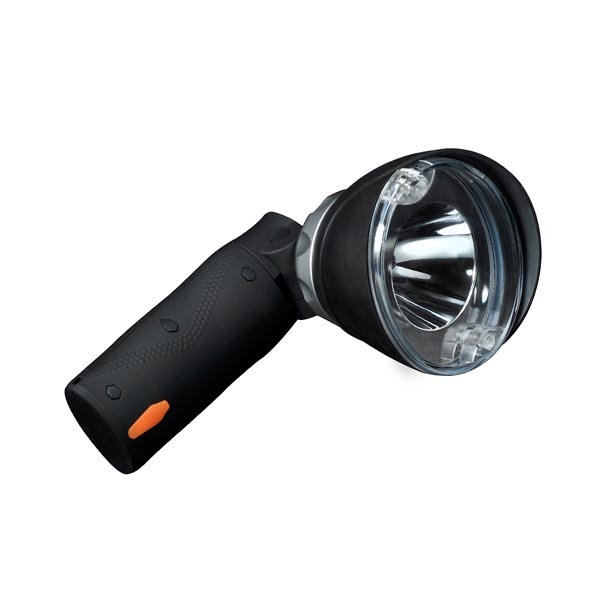
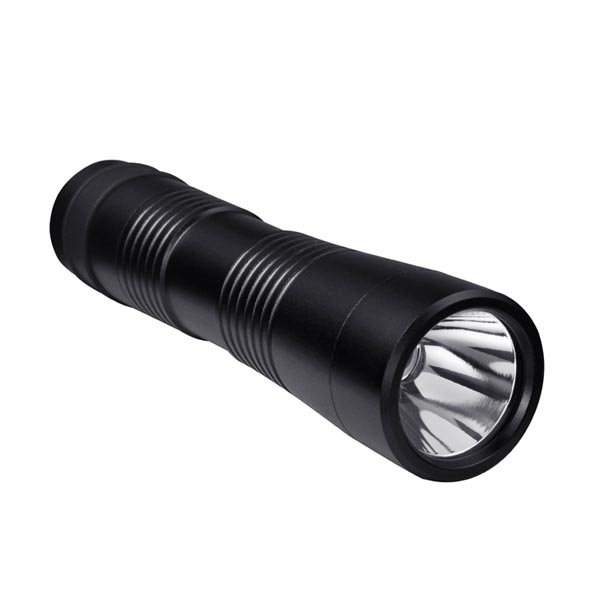
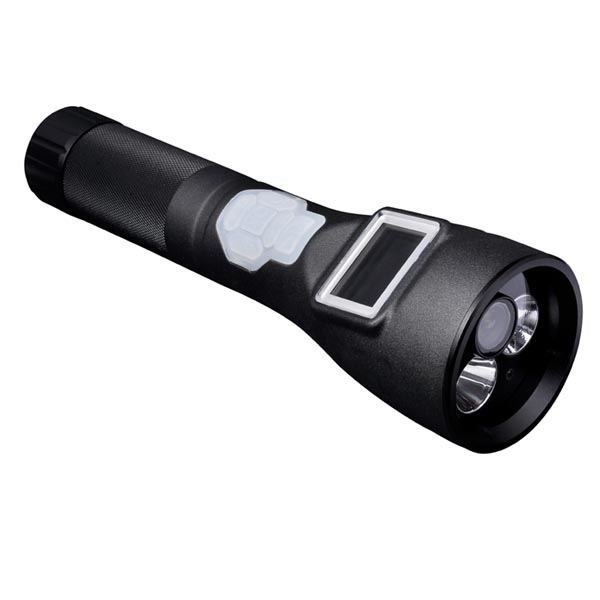
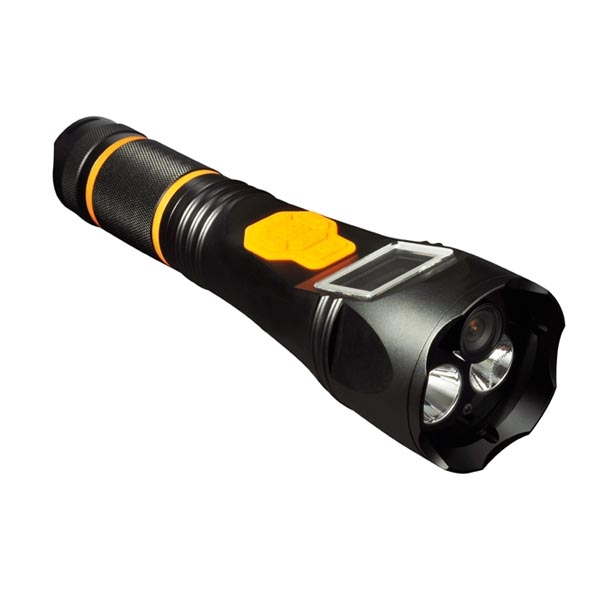






 Tel
Tel
 Email
Email
 Address
Address





